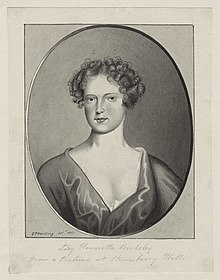Thomas Grey, 1st Marquess of Dorset, 1st Earl of Huntingdon, 7th Baron Ferrers of Groby, was an English nobleman, courtier and the eldest son of Elizabeth Woodville and her first husband Sir John Grey of Groby. Her second marriage to King Edward IV made her Queen of England, thus elevating Grey's status at court and in the realm as the stepson of the King. Through his mother's endeavours, he made two materially advantageous marriages to wealthy heiresses, the King's niece Anne Holland and the King’s cousin, Cecily Bonville, 7th Baroness Harington. By the latter, he had 14 children.

Charles Spencer, 3rd Earl of Sunderland, KG, PC, known as Lord Spencer from 1688 to 1702, was an English statesman and nobleman from the Spencer family. He served as Lord Lieutenant of Ireland (1714–1717), Lord Privy Seal (1715–1716), Lord President of the Council (1718–1719) and First Lord of the Treasury (1718–1721).

Elizabeth Hamilton, Countess of Orkney was an English courtier from the Villiers family and the reputed mistress of William III, King of England and Scotland, from 1680 until 1695. She was a lady-in-waiting to his wife and co-monarch, Queen Mary II.

Henrietta Godolphin, 2nd Duchess of Marlborough was the daughter of John Churchill, 1st Duke of Marlborough, general of the army, and Sarah Jennings, Duchess of Marlborough, close friend and business manager of Queen Anne.

The title Baron Grey of Powis (1482–1552) was created for the great-grandson of Joan Charleton, co-heiress and 6th Lady of Powis (Powys) and her husband, Sir John Grey, 1st Earl of Tankerville (1384–1421) after the death of Joan's father, Edward Charleton, 5th Baron Cherleton (1370–1421) left the title in abeyance.

Ford Grey, 1st Earl of Tankerville, PC was an English peer and politician.

Charles Bennet, 4th Earl of Tankerville, styled Lord Ossulston from 1753 to 1767, was a British nobleman, a collector of shells and a famous patron of Surrey cricket in the 1770s. He agreed a set of cricket rules that included the first mention of the Leg before wicket rule.

John (III) de Mowbray, 4th Baron Mowbray was an English peer. He was slain near Constantinople while en route to the Holy Land.
David Wemyss, 4th Earl of Wemyss, was a Scottish peer and Member of Parliament who served as Lord High Admiral of Scotland from 1706 to 1714.

Elizabeth Wriothesley, Countess of Southampton was one of the chief ladies-in-waiting to Elizabeth I of England in the later years of her reign.
Lady Elizabeth Stafford was an English aristocrat. She was the eldest daughter of Edward Stafford, 3rd Duke of Buckingham and Lady Eleanor Percy. By marriage she became Duchess of Norfolk. Her abusive marriage to Thomas Howard, 3rd Duke of Norfolk, created a public scandal.
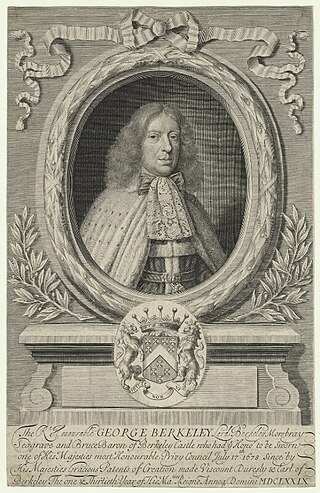
George Berkeley, 1st Earl of Berkeley, PC, FRS was an English merchant, politician and peer who sat in the House of Commons of England from 1654 until 1658.
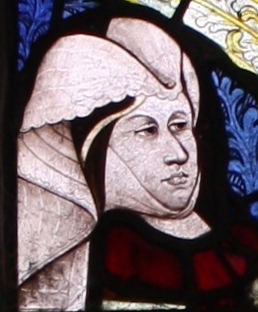
Elizabeth de Mowbray, Duchess of Norfolk was a daughter of John Talbot, 1st Earl of Shrewsbury and his wife Lady Margaret Beauchamp. Her exact date of death is uncertain, and based only on the references to "her will dated the 6th of November, 1506, which was proved the 28th of June, 1507"
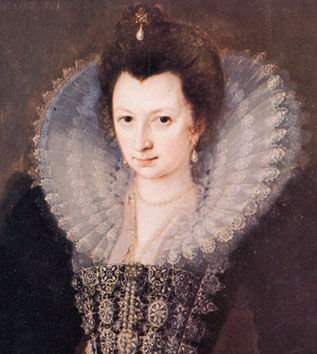
Elizabeth Stanley, Countess of Derby, Lord of Mann, was an English noblewoman and courtier. She was the eldest daughter of the Elizabethan courtier and poet Edward de Vere, 17th Earl of Oxford.
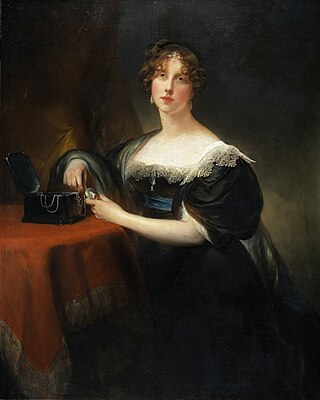
Georgiana Dorothy Howard, Countess of Carlisle was a British noblewoman. She was born after nine years of childless marriage between William Cavendish, 5th Duke of Devonshire, and his wife, Lady Georgiana Spencer, the political hostess and socialite. As such, she was a member of one of the country's grandest and richest families.

Anthony Keck was an English politician.
Ralph Grey, 4th Baron Grey of Werke was an English peer who served as Governor of Barbados and as one of the English commissioners for the negotiations on the Treaty of Union between England and Scotland.

Emma Bennet or Emma, Lady Tankerville born Emma Colebrooke was a British heiress, art patron and botanist. Lady Tankerville's collection of botanical illustrations are held at the Royal Botanic Gardens, Kew. Phaius tankerville was named in her honour by Sir Joseph Banks because she was the first person to make it flower successfully in England.

Ralph Grey, 2nd Baron Grey of Werke was an English peer.
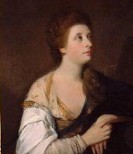
Susanna Keck born Lady Susan Hamilton was a British political manager. She sided with the whigs and she took a strong interest in the 1754 general election in Oxfordshire.
